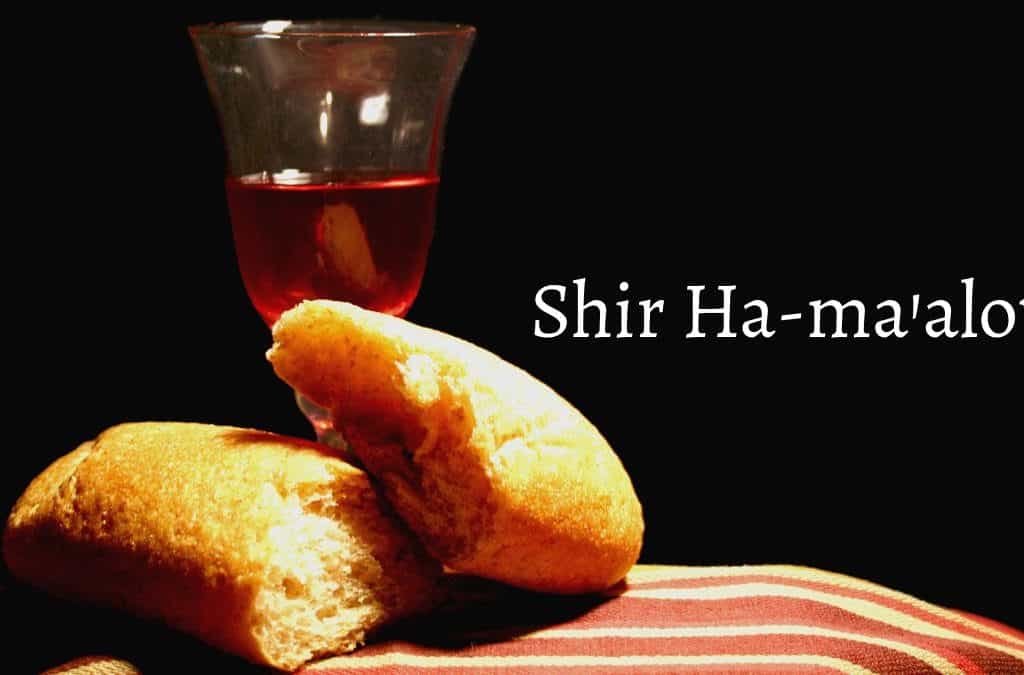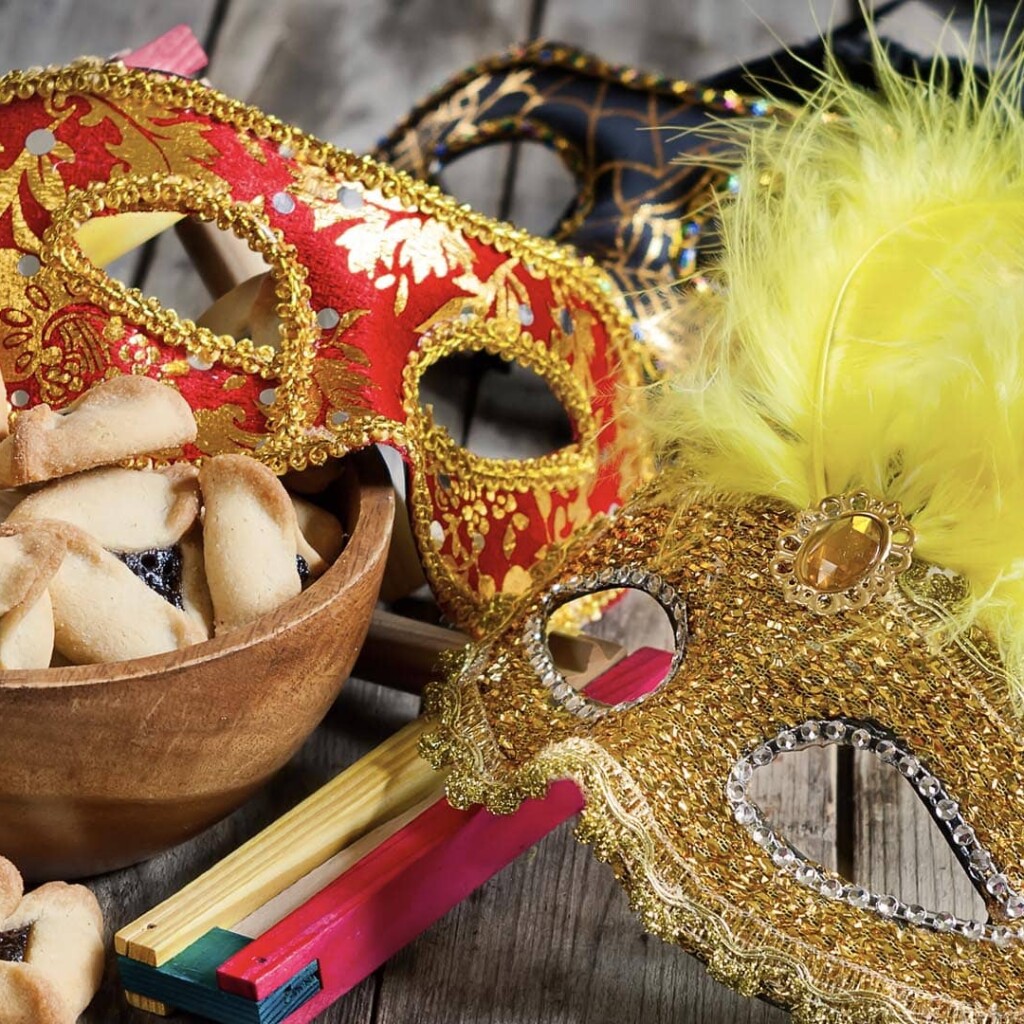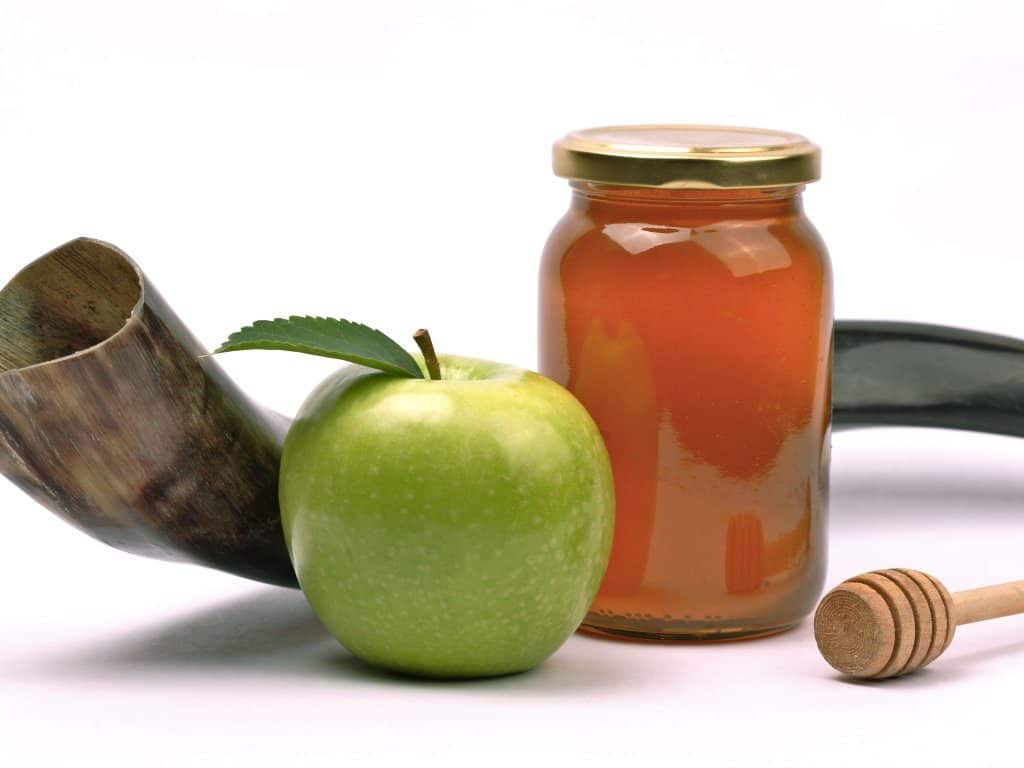From the giving of the Torah at Mount Sinai to the culinary and decorative traditions, Shavuot is a festival rich in history and symbolism. Let’s explore the customs that make Shavuot one of the most important celebrations in Judaism.
Meaning of Shavuot: Commemoration of the Divine Law
The Hebrew calendar marks the festival of Shavuot from the evening of Tuesday, June 11, to the evening of Thursday, June 13 (5 to 7 Sivan, 5784). It is one of the three major pilgrimage festivals in Jewish culture, known as Shalosh Regalim.
Shavuot has deep historical and religious roots in Judaism. It is celebrated exactly seven weeks after the Festival of First Fruits and falls fifty days after the Sabbath within the seven days of the Feast of Unleavened Bread (15 to 21 Nisan).
The etymology of Shavuot comes from the Hebrew Shavúa, meaning week, reflecting this counting. A central event commemorated by Shavuot is one of the most significant in Jewish history: the giving of the Divine Law tablets by God to Moses on Mount Sinai.
The Giving of the Torah: A Momentous Occasion
Mount Sinai is the sacred place where the Torah tablets were given to Moses, a crucial event in Jewish tradition. This moment, known as the Revelation at Mount Sinai, marks the establishment of the covenant between God and Israel.
Shavuot is also known as Pentecost, a term derived from Greek meaning “fiftieth,” marking the fifty days since the offering of the Omer. Shavuot not only refers to weeks; it also has connotations of an oath (Shevuá in Hebrew). The name relates to the two solemn commitments between God and Israel on the day of the Torah’s giving, promising mutual eternal fidelity.
Shavuot Traditions: Celebration and Reflection
Decorating Synagogues and Tikún Leil Shavuot
In many Jewish communities, it is customary to adorn synagogues with flowers and plants to commemorate the festival. This decorative act has dual symbolism. On one hand, Shavuot is recognized as the Day of Judgment for Fruit Trees. On the other, it is celebrated in memory of Mount Sinai, which was surrounded by green grass, evident in the command that cattle and sheep should not graze at the foot of the sacred mountain.
The first night of Shavuot holds special significance. Traditionally, after dinner, the community returns to the synagogue to read the Tikún Leil Shavuot, a book that translates to “Preparations for the Night of Shavuot.” This volume contains a selection of important Jewish texts, including the initial and final verses of all weekly Torah portions, the first and last paragraphs of the Prophets and Sacred Writings, parts of the Zohar and other key texts.
Culinary Customs: Sweetness and Wisdom
Shavuot is known for its culinary traditions symbolizing the sweetness and richness of the Torah. It is customary to eat cream or honey cakes, symbolizing the sweetness of the Torah, which is compared to milk and honey.
A notable tradition is eating cheese blintzes, based on a Hebrew wordplay. The Hebrew word for cheese, “Gueviná,” recalls the “controversy” among the highest mountains, each wanting to be more worthy than Mount Sinai to receive the Torah. Psalm 68:17 refers to them as “Gavnunim” or “humps” for their lack of modesty, while the humble Mount Sinai was chosen.
Another traditional Shavuot dish is “Kreplach,” three-cornered dumplings. This custom aims to keep the memory of the Torah alive during meals. Everything related to the giving of the Torah is of a triple nature: the Torah, composed of the Pentateuch, the Prophets and the Hagiographers, was given to Israel, formed by Priests, Levites and Israelites, through Moses, the third son of Amram, after three days of preparation, in the third month, Sivan.
Studying the Torah: A Fundamental Pillar of Shavuot
Shavuot inherently emphasizes a crucial detail: the Torah was given on a Shabbat. This event has profound symbolism in Jewish practice. If the Torah had been given on a weekday, incorrect ideas could arise that Torah study should rest on Shabbat. However, the giving of the Torah on Shabbat underscores that not only is it permitted, but it is also a duty to dedicate this holy day to study and divine worship.
In many Jewish communities, it is common for the faithful to spend the entire night of Shavuot reciting the Tikún, in an exercise of reflection and devotion. On the morning of the first day of Shavuot, the congregation stands to hear the reading of the Ten Commandments from the Torah, a moment of respect and solemnity.
The Book of Ruth: A Shavuot Tradition
The Shavuot festival includes the reading of the Book of Ruth in many synagogues on the second day of the festival. This custom has deep significance and multiple reasons intertwined with the history and symbolism of Shavuot.
Firstly, this day marks the birth and death of King David, an iconic figure in Jewish tradition. The Book of Ruth provides valuable information about David’s ancestors, specifically Boaz and Ruth, his great-grandparents, linking the past and present in shared remembrance.
Additionally, the Book of Ruth, with its harvest scenes, perfectly fits Shavuot, known as the Festival of Harvest. The stories of wheat and barley harvesting evoke the agricultural essence of the festival, recalling the time when Jews brought offerings of the first fruits to the House of God.
Finally, Ruth represents a model of sincere conversion to Judaism, having embraced this religion wholeheartedly. In a symbolic parallel, on Shavuot, all Jews are considered proselytes, referring to the collective acceptance of the Torah and all its precepts at Mount Sinai.
Historical Background of Shavuot
Shavuot is not only a religious celebration; it is an event deeply rooted in the history and culture of the Jewish people.
During the time of the Bet Hamikdash, two wheat loaves were offered as a symbol of gratitude, representing the duality of the Torah: the Written Torah (Torah Shebichtav) and the Oral Torah (Torah Shebealpeh), both given at Mount Sinai. This symbolic act underscores the inseparable connection between the written texts and the oral traditions of Judaism.
Conclusion: Shavuot as a Reflection of Jewish Identity
The festival of Shavuot, with its 613 precepts, culinary traditions, nighttime studies and sacred readings, is a celebration that reinforces Jewish identity and values. Through generations, Shavuot remains a time of reflection, devotion and celebration of the giving of the Torah, keeping alive the teachings and customs that have formed the foundation of Judaism.
Shavuot is more than just a festival; it is a celebration of the giving of the Torah and a reflection of Jewish identity and values. Through its rituals and traditions, Shavuot unites generations in a shared experience of faith and culture. By keeping these customs alive, the Jewish community celebrates its history and ongoing commitment to the Torah and its teachings.
The cover image is provided courtesy of Depositphotos.com




